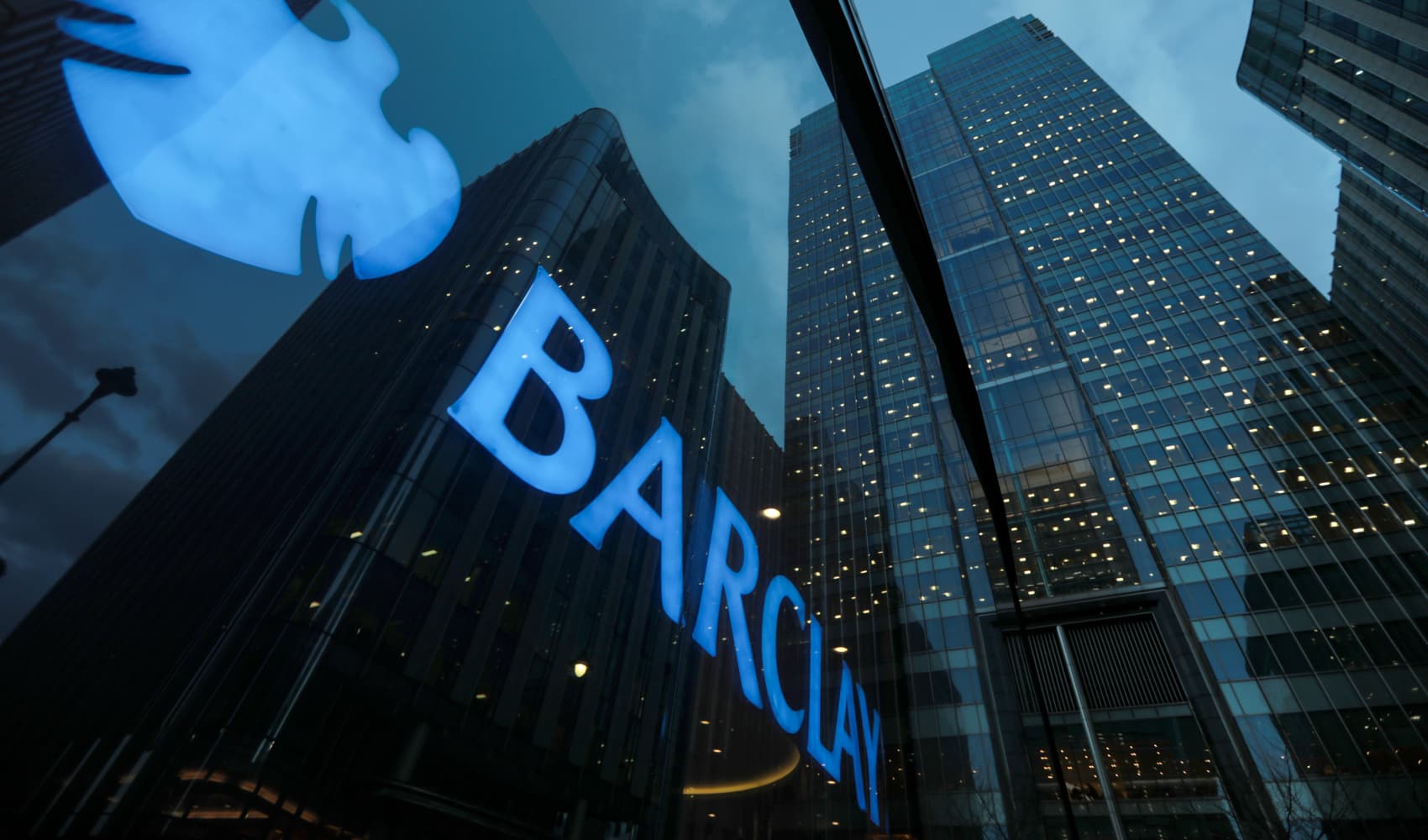
- Bank of America is bullish, while JPMorgan is less so, and a long-time Wall Street bear on the North Carolina-based bank agrees with its outlook.
- One reason: Bank of America is built to serve consumers and Main Street companies, while JPMorgan has a bigger Wall Street focus.
- At Bank of America, the business lines are much different than after the last recession, or pre-pandemic: Fewer mortgages, higher credit scores, richer customers.
As banks reported second-quarter earnings, one thing stood out: Banks that focus on Wall Street were pessimistic about the outlook, and banks that mostly serve consumers and Main Street were much more bullish.
The reasons for that aren't hard to identify, especially with a hard look at numbers Bank of America put out along with its earnings – which actually missed Wall Street forecasts, a fact glossed over as investors focused on its optimistic take on the American consumer. The bank painted a picture of a consumer in much better shape than before the Covid pandemic or the last recession in 2007-2009.
It begins with a single number that appears on page 23 of B of A's supplemental charts accompanying their earnings report: 771. That's the average credit score of new credit card and mortgage borrowers at America's second-biggest bank (behind JPMorgan Chase), said CFRA Research analyst Ken Leon. The average new-car loan during the quarter came with a 791 score. The average home equity borrower was at 797, and was 800 in the first quarter.
Get San Diego local news, weather forecasts, sports and lifestyle stories to your inbox. Sign up for NBC San Diego newsletters.
By contrast, the U.S. average FICO score is 698, according to a mid-2021 study by credit reporting agency Equifax. And the subprime mortgage crisis of the late 2000s was concentrated, at least initially, among people whose scores were lower than 620. Bank of America learned that the hard way by buying subprime-focused mortgage lender Countrywide Financial in 2008.
"What didn't kill Bank of America made it stronger," said Mike Mayo, an often-contrarian bank analyst at Wells Fargo who was long critical of Bank of America. "You have a story here of victory out of defeat. They had a plan for responsible growth, and that plan continues today."
Money Report
There were a series of strategies Bank of America adopted to make sure the next economic downturn doesn't lead to near-calamity, said CEO Brian Moynihan on the company's conference call with analysts Monday. As another set of charts in the presentation shows, it's a different bank now.
The bank holds $29 billion less of mortgage loans than it did in late 2009, when the economy had just survived the worst of the financial crisis. That's despite a doubling in the price of the median house, according to the personal-finance site DQYDJ, which mashes up data from sources including the National Association of Realtors and the Case-Shiller Index. Its home-equity loan portfolio, a line of business blamed for many banks' problems with overextended consumers, is only $27 billion, down from $154 billion.
And its overall consumer loan portfolio is both smaller than in 2009, and a smaller share of its lending business, as commercial loans moved to the fore.
Most remarkably, the average mortgage at Bank of America now is only about half the value of the home securing it, Mayo said. And its average credit card borrower has used only 18% of their credit line.
The big banks and the U.S. consumer
From the bank's standpoint, the happy consequence of lending to financially stable consumers is that they are able to keep spending, when much of Wall Street is debating whether a recession driven partly by lower consumer spending is at hand. Total spending by Bank of America customers is up 13% this year, to $2.1 trillion, the bank said.
"U.S. consumers remain quite resilient," Moynihan said. "The overall average deposit balances for most cohorts are higher than they were both last quarter and even rose in June versus May ... and importantly, we're seeing no deterioration in our customers' asset quality, and they have the capability to borrow."
For the first two weeks of July, spending is up more than 10% on a stronger base, Moynihan said.
The bank's long-running conservative restructuring helped B of A's consumer business earn $2.9 billion during the quarter. Adjusted for changes in credit reserves and taxes, that's up 26% from last year.
One reason the bank is so healthy is that high credit scores for borrowers have translated into low default rates. Despite Bank of America setting aside $350 million in the quarter to handle future defaults in its consumer business — money it may get back if defaults are lower than expected, or add to if defaults accelerate – its ratio of consumers who are late on their payments is only 1.2%, lower than before the pandemic.
Higher interest rates will boost core earnings by $4 billion a year over the next two quarters, a development that the market's reaction to the earnings report failed to pick up on, Mayo said. He said Bank of America is likely to boost pretax profits faster than almost any company in the Standard & Poor's 500 stock index over the next two years, helped also by a cost-containing campaign to get consumers to use digital platforms more often and by low loan losses.
Bank stocks were higher in trading on Tuesday, with Bank of America among the leaders, and the sector outperformed the broader market gains during a rally day on Wall Street.
Both Bank of America and JPMorgan are in for more sluggishness in their Wall Street-facing businesses like merger advising and initial public stock offerings during the third quarter, Leon said. If it persists, cost cutting in those businesses is likely, even assuming the consumer units keep doing well, he said.
JPMorgan CEO Jamie Dimon had positive things to say about the American consumer and job market, but was downbeat on the risks to the economy in his outlook. Last week, JPMorgan built up greater reserves for bad loans and suspended its buyback program.
"Bank of America has a different sensitivity to rising interest rates than JPMorgan, and that makes them more ebullient," Leon said. Loan growth at Bank of America was also stronger than at Chase, he said.
Assuming there isn't a recession that cuts into growth and blows up credit losses, Bank of America is trading at 7 times next year's likely profit, says Mayo, who notes that he called for Moynihan's firing early in the bank's post-crisis turnaround.
"I didn't think he'd grown into the role," Mayo said. "He's grown into the role. This is a payoff for a decade's worth of work and the market has closed its eyes to it."






